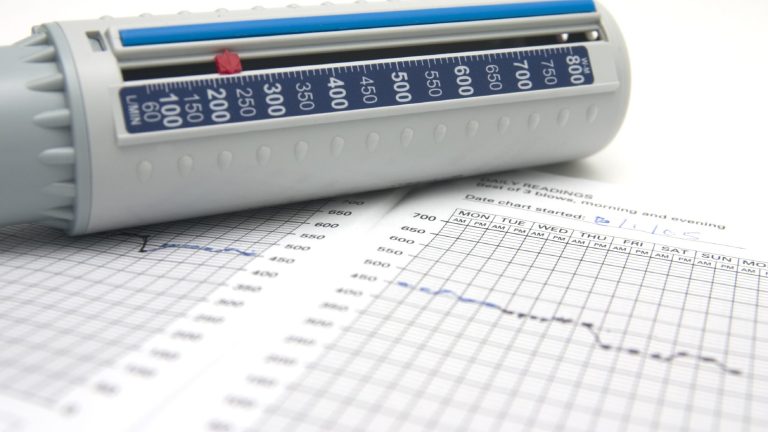How can we help you?

Comprehensive
Usability Testing
Formative Testing
Summative Testing
Readability Testing
Iterative Feedback

Human-Centered
Design Insights
User Research
Iterative Prototyping
Multidisciplinary Collaboration
Usability and
Accessibility

Devices we work with
These include but are not limited to:
prefilled syringes
derma fillers
lateral flow tests
urinary catheters for both males and females
oxygen masks
cryoablation devices
Read below for more detail

Regulatory Compliance
The standards and guidances we follow are:
FDA: Applying Human Factors and Usability Engineering to Medical Devices
MHRA Guidance on Applying Human Factors Engineering to Medical Devices
ISO 13485: Medical Devices Quality Management System
ISO 14971: Application of Risk Management to Medical Devices
IEC 62366-1 & 2: Application of Usability Engineering to Medical Devices.
IEC 62304: Medical Device Software – Software Lifecycle Processes


Comprehensive
Usability Testing
We proactively engage as early as possible in the development process to identify areas of concern or optimisation, helping you to plan your project and meet your commitments.
Comprehensive Usability Testing
Formative Testing
Early-stage testing to identify potential issues in the design or usability of the device
Summative Testing
Final evaluation to ensure the device meets safety, usability, and effectiveness goals
Readability Testing
Improves user experience and comprehension
Ensures accessibility for different reading levels
Helps meet legal and industry standards (e.g., healthcare, government)
Reduces misinterpretation of critical information
Iterative Feedback
Constant cycles of testing, evaluation, and improvement to ensure the device continuously meets user needs


Human-Centered Design Insights
User Research
Understanding the end user's needs, pain points and contexts through direct observation, interviews, or usability testing helps create designs that resonate with them
Iterative Prototyping
Through rapid prototyping and testing, user feedback is integrated early and often in the development process. This helps identify any potential usability issues before final production
Multidisciplinary Collaboration Bringing together teams from various fields (e.g. ergonomics, design, engineering) ensures that the device is both practical and user-friendly
Usability and Accessibility
Ensuring that devices are accessible to a wide range of users (considering factors like age, disability, or physical limitations) enhances the product's value


Human Factors Process Implementation Planning
To integrate human factors processes, we apply key steps to ensure that the design and development of medical devices are optimised for the user.
Key services that we provide during this stage:
- Process Evaluation
- Stakeholder Identification
- Define Objectives and Scope
- Develop a Human Factors Integration Plan
- Integration into Design Process
- Risk Management
- Verification and Validation
- Documentation and Compliance
- Post Market Data and Continuous Improvement



We need your consent to load the translations
We use a third-party service to translate the website content that may collect data about your activity. Please review the details in the privacy policy and accept the service to view the translations.


